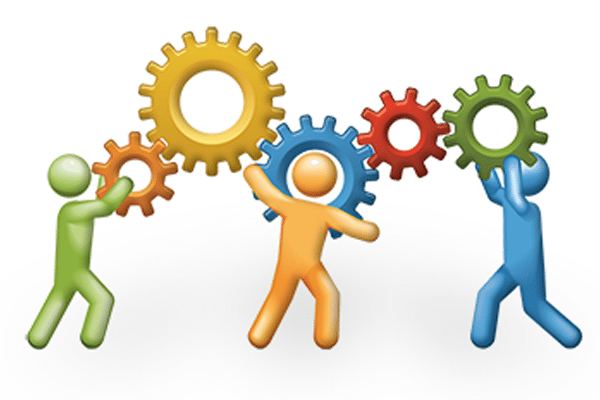Repairing miscommunication on teams is a core leadership skill. When words land the wrong way, leaders who clarify and repair quickly preserve trust and strengthen collaboration.
Continue readingClarifying Roles and Responsibilities on a Team
Unclear roles create confusion, overlap, and conflict that slow down execution. Clarifying roles and responsibilities on a team builds trust, accelerates decisions, and helps people work together more effectively.
Continue readingImproving Decision Making in Teams
Discover the three key factors that impact team decision quality and learn actionable strategies to enhance your team’s decision-making capabilities.
Continue readingHow to Improve the Agility and Adaptability of Your Team
Discover practical ways to improve the agility and adaptability of your team, so they can respond to change with confidence and clarity.
Continue readingHow to Improve the Effectiveness of Meetings
Meetings take up valuable time. Learn how to improve the effectiveness of meetings by strengthening both process and team dynamics.
Continue readingHow AI Communicates: Move, Oppose, Follow, Reframe
How does AI actually communicate? This post explores the Move, Oppose, Follow, Reframe model and what it reveals about team dynamics and decision-making.
Continue readingShould AI Ask More Questions?
AI is great at giving answers but does it ask enough questions? This post explores what AI’s communication style says about leadership, learning, and decision-making.
Continue readingHow to Build Trust and Psychological Safety
Trust and psychological safety are the foundation of strong teams. Learn how to build a climate where people take risks, speak up, and support each other.
Continue readingHow to Improve the Efficiency of Meetings
Inefficient meetings waste time and energy. Learn how to structure your meetings for clarity, focus, and better team performance.
Continue readingWhy Interpersonal Dynamics Matter for Team Effectiveness
Interpersonal dynamics influence how leaders relate, collaborate, and hold each other accountable. Learn what strong interpersonal dynamics look like.
Continue reading









